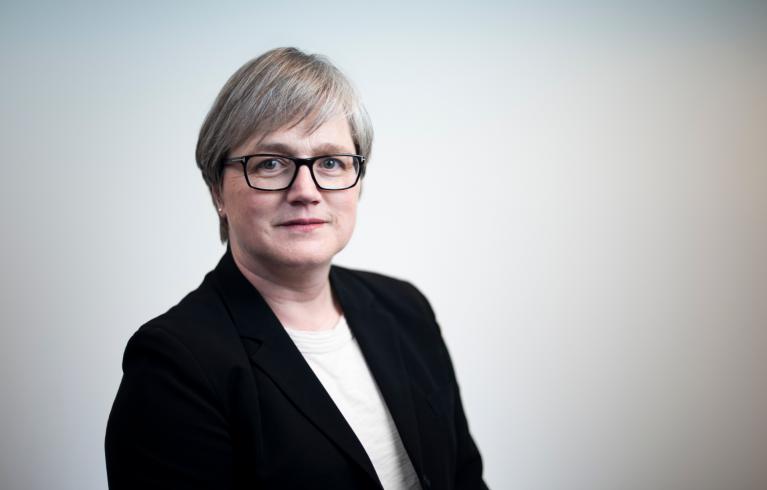
Key information
Publication type: General
Publication date:
Contents
Response to – Cycle Superhighway 9 proposals
As a Member of the London Assembly I am writing to formally respond to Transport for London’s consultation on proposals for Kew Bridge, Kew Bridge Road and Duke Road (Chiswick).
Introduction
The proposed changes in your further consultation on Cycle Superhighway 9 are – with one exception – welcome improvements on the original consulted scheme. This route is a much-delayed cycle link that will provide safe and comfortable cycling along streets that are currently too hostile for many to cycle on.
Retention of trees and access for local businesses, particularly in Chiswick are positive developments. It is right that you prioritise those above providing space for through traffic.
However, I am concerned about the addition of a fourth vehicle lane to Kew Bridge. I understand the need to mitigate effects of changes to junctions on traffic flow, but there is no case made for increasing motor vehicle capacity here.
As such I support these proposals but with the caveats outlined below.
Responses to issues raised
1. Kew Bridge Road (High Street, Brentford to Wellesley Road)
The continuity in the separation of people cycling from vehicle traffic and pedestrians compared to the original proposals for Kew Bridge Road and Chiswick High Road is welcome. Access into other existing elements of the cycle network such as that along the A4 via Capital Interchange Way has been improved.
However, I remain concerned that other links such as to Lionel Road South are non-existent and mean that the full potential of this cycle route will not be reached.
Proposal 3 of the Mayor’s Transport Strategy (MTS) states:
“The Mayor, through TfL and the boroughs, will:
a) Deliver a London-wide strategic cycle network, with new, high quality, safe routes and improved infrastructure to tackle barriers to cycling for both shorter and longer trips. By 2041, 70 per cent of Londoners will live within 400 metres of the strategic cycle network.
b) Encourage additional local and neighbourhood improvements, such as using physical restrictions to prevent motorised vehicles from using certain streets, to build on and complement the strategic cycle network.”
Every opportunity should be taken to link a strategic cycle route like CS9 to local roads if the Mayor’s target of a cycle route within 400m of Londoners is to be meaningful. TfL should not be delivering routes that retain severance that will exclude some Londoners from the network.
2. Kew Bridge
The Kew Bridge proposals are very disappointing, and they are hard to reconcile with the Mayor’s aim in his final Transport Strategy to reduce traffic. Providing an extra lane for vehicle traffic on Kew Bridge by reducing already meagre space for walking is inconsistent with this strategy and his mode shift targets.
In the 2018 Cycling Action Plan it was noted:
“Cycling helps our streets move more people at the busiest times, making the city function more efficiently for businesses. Our analysis shows that, following the opening of segregated cycle lanes on Blackfriars Bridge, the number of people travelling across the bridge at the busiest time increased by five per cent. Only space-efficient modes can achieve this level of increase. Cycling is also a considerably more affordable way to travel than driving, meaning that benefits can also be enjoyed at an individual level.”
Kew Bridge is on an alignment highlighted as having high potential to get more people cycling in the Strategic Cycling Analysis of 2017. TfL should be using all available resources and opportunities to deliver high quality and capacity links on bridges across the Thames. I would have expected to see a form of separated cycle track on this bridge rather than a minor increase to space for shared cycling on the footway.
I support the London Cycle Campaign call for at least a trial of cycle tracks across the bridge to free up pavement space for pedestrians and bring forward the development of a high-quality north-south link onto Cycle Superhighway 9.
The Mayor’s Transport Strategy (MTS) in Policy 5 states:
“The Mayor, through TfL and the boroughs, and working with stakeholders, will prioritise space efficient modes of transport to tackle congestion and improve
the efficiency of streets for the movement of people and goods, with the aim of reducing overall traffic levels by 10-15 per cent by 2041.”
Last year, TfL also consulted on changes to introduce pedestrian crossings “as part of the Mayor’s commitment to making London’s streets more comfortable to walk and cycle” at Dulwich Common/Lordship Lane on the South Circular. Again, this included an increase in capacity for motor traffic by amending the layout of lanes.
Transport for London should be implementing the MTS on streets like the South Circular and not be using proposals for walking and cycling to increase motor traffic capacity junction by junction.
3. Duke Road (Chiswick)
I am happy to see that the revised proposals for this section do more work to retain existing trees. It is consistent with the Mayor’s Transport Strategy that that you are reallocating space from motor traffic to make this work. In addition, TfL’s work with Our Lady Grace & St Edward’s RC Church to address their concerns is a welcome engagement with local needs.
Proposals within Chiswick show that TfL can balance the requirements of a strategic cycle route, local needs and access. This approach should be reflected in other sections of this scheme.